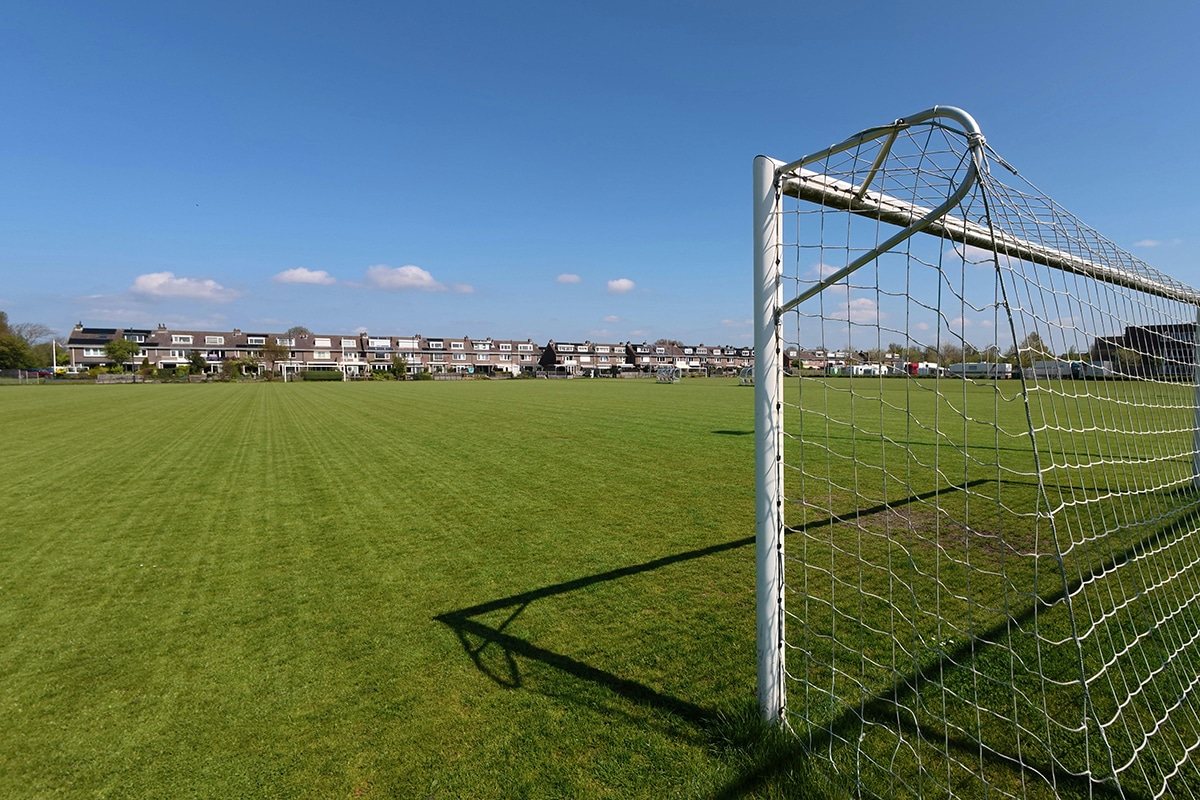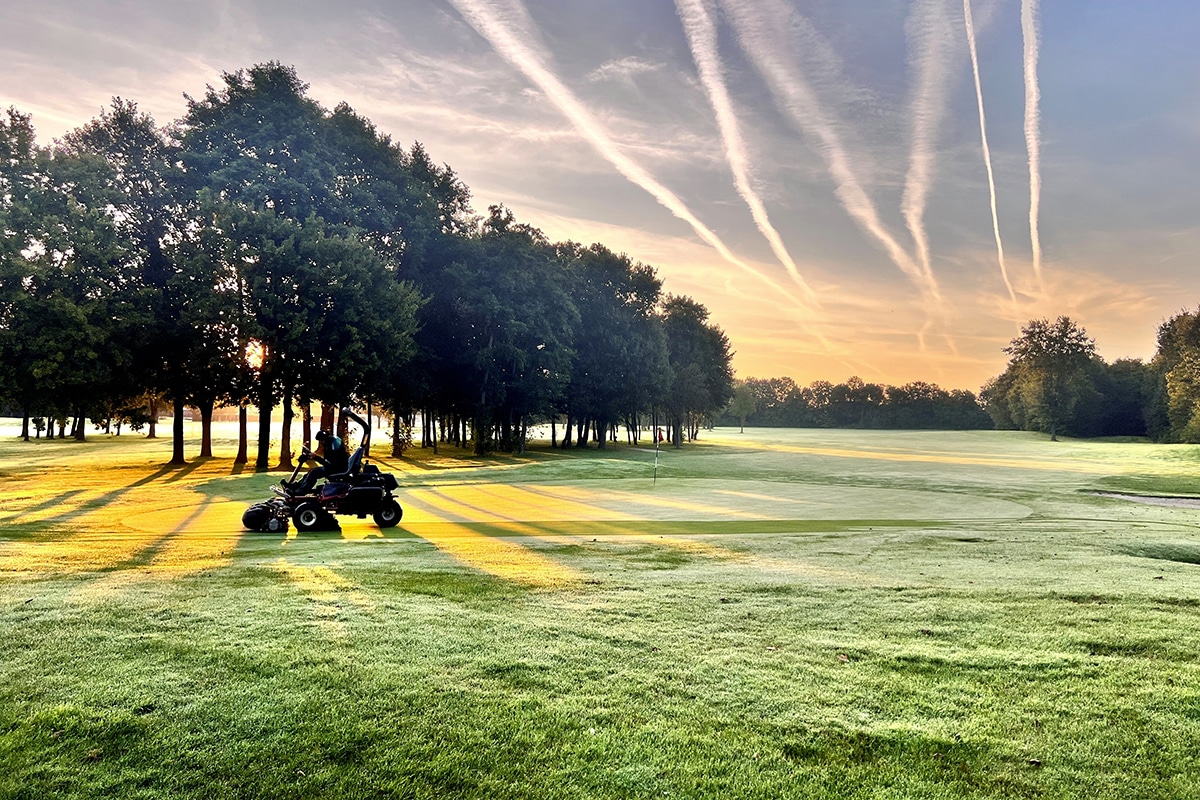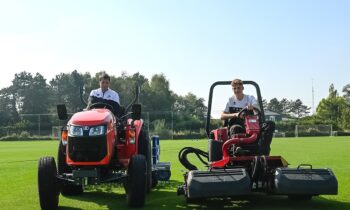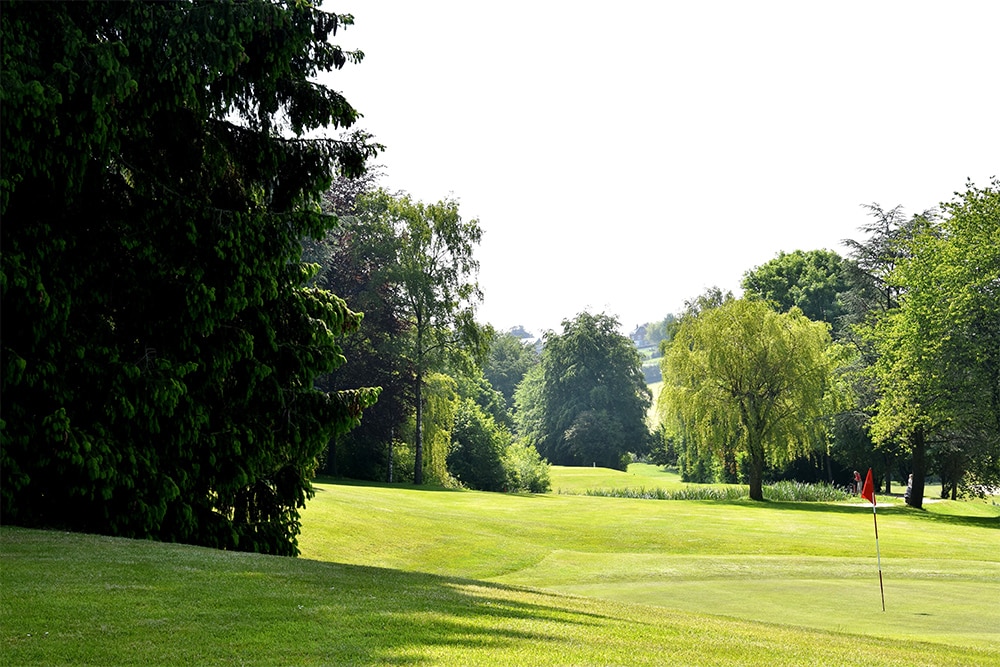
Year-round golf on green grass, for any skill level
Hitting balls in a national setting
The Henri-Chapelle Golf Club welcomes golf lovers in a rolling green setting with three courses, an indoor driving range, a beautiful clubhouse with a top-quality brasserie-restaurant, a hotel with eleven rooms, and a very large parking lot. The club makes no secret of its ambition to become the most complete golf club in the region. At the same time, every new step or action takes into account the environment.
When the Henri-Chapelle Golf Club opened, there was one course with six holes. That was in 1989. A lot has changed since then, with three golf courses today. Manager Cédric Lejeune is happy to give us some details about the golf club he oversees on a day-to-day basis.
"The estate extends over 110 hectares. The setting is typical of the Land of Herve: green and hilly, with panoramas of the hills of the Ardennes and the Eifel. Golf enthusiasts can enjoy one of the two eighteen-hole golf courses here. Les Viviers is our Championship Course. This course is long and wide, very hilly, varied and physically quite challenging for players. In return, they enjoy breathtaking views of the High Fens, Signal de Botrange or the German Eifel. Our second course is Le Charlemagne. It is shorter, less hilly and a little more technical. What makes us special is that we also have a third course, of nine holes. La Chapelle is accessible without a handicap and offers beginners perfect playing conditions without them feeling the pressure of experienced golfers behind them."
Open all year round
The Henri-Chapelle Golf Club is open year-round for its more than 1,500 members. Even in winter, the club does not close. Cédric Lejeune: "Since covid, the number of visitors here has increased significantly. Our members are clearly asking to come and play twelve months out of twelve. So our team of greenkeepers is constantly working."
Bernard Heyndels is responsible for the maintenance of the estate and has been working here for 25 years. "In all those years, I have seen the machines evolve enormously. Where we used to aerate and brush the greens by hand, today everything is done by machine. That has made our work a lot less demanding. In our machinery park we have mowers from TORO, tractors from John Deere, a robotic mower for the small golf course... Today, we are thinking a lot about how to optimize automated mowing in the future, taking into account the topography of the fields."
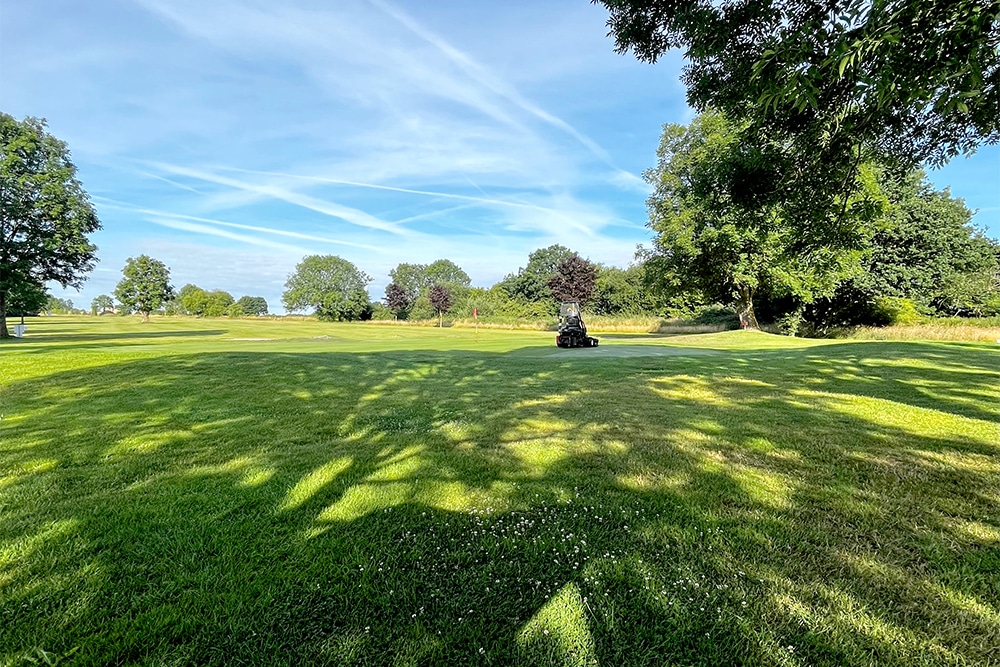
Zero phyto, a big challenge
The complete exclusion of crop protection products - zero phyto - is obviously a major challenge for the Henri-Chapelle Golf Club. Bernard Heyndels: "Until 2018, we could spray fungicides four times a year, after which we were at ease for four to five weeks each time. Today we have to intervene much more often, which means we have to rethink the way we work. We now have to use liquid fertilizers, biostimulants, experiment with iron sulfates, iron chelates, increase or decrease the amount of nitrogen... Climate change is also making itself clearly felt, with periods of prolonged drought or intense rainfall. It is also no longer possible to predict where and when "dollar spot" will appear. Today it can occur from early April to late November, regardless of soil type, temperature and humidity. We then have to treat each infestation spot by spot by hand to prevent rapid spread. That involves a lot of extra work."
Cédric Lejeune adds: "Lawn diseases such as dollar spot are certainly a problem, but water management could become an even bigger problem. In recent years, periods of prolonged drought have already forced us to almost close a few times because we had too little water. In fact, we manage the sprinkling and watering in a closed circuit here. Water does run along the property, but the flow we can use is limited because the stream has to keep flowing to supply the local residents."
Difficult balancing act
Cédric Lejeune and Bernard Heyndels agree that there is no miracle solution or miracle formula yet. Through the parent company, which also owns about 20 golf courses in the Netherlands, including the International Golf Maastricht less than 40 kilometers from Henri-Chapelle, Bernard and his team do have access to better products that help slow disease or mitigate its effects, but 100% effective they are not yet.
"We see our membership increasing, but as a result the pressure on the grass is also increasing. While nature actually needs to be able to rest from time to time, those periods of rest are melting away like snow in our case. Our members want to be able to play all year round. This does not make the work of our greenkeepers any easier. So creating the best conditions day after day has become a difficult balancing act," concludes Cédric Lejeune.

